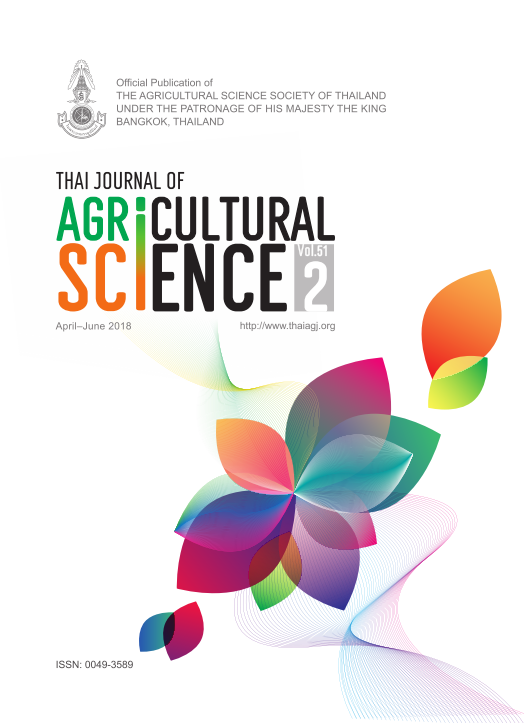Efficiency of Microbial Inoculants on Yield and Yield Components of Mung Bean (Vigna Radiata L. Wilczek var. Parto) in Drought Stressed Conditions
Main Article Content
Abstract
Tolerance of plants to drought stress is a complex biological phenomenon, which manipulated by several physiological and morphological factors, and it is growth stage specific. So far, little efforts have been made simultaneously to characterize the advantages of fungi and bacteria interactions to improve productivity of mung bean in imposed drought stress through the different growth stages. In this study, yield and yield components of mung bean (Vigna radiata L. Wilczek var. Parto) evaluated by soil microbial inoculums in drought−stressed conditions, by a split plot Randomized Completely Block Design (RCBD) with three replications in Miyaneh, Iran, during 2016. The main plots allocated to three levels of drought stress included: normal irrigation (control), stopping irrigation in flowering stage, stopping irrigation in pods formation stage. Sub−plots considered to four treatments of inoculations included: non−inoculation (control), inoculation with Glomus mosseae, Pseudomonas fluorescens strain 169 and Glomus mosseae + Pseudomonas fluorescens strain 169. Drought stress decreased the number of seeds per pod, pods diameter, the number of pods per plant, biomass and yield in comparison with normal irrigation. The reduction of yield cutting irrigation in pod formation stage was more than flowering stage. Inoculation with combination of Glomus mosseae and Pseudomonas fluorescens strain 169 enhanced the number of seeds per pod, pods length and pods diameter. Glomus mosseae inoculation was more efficient to increase the number of seeds per plant, dry weight of pods, biomass and yield. The effectiveness of Pseudomonas fluorescens strain 169 was observed in producing high harvest index. The most positive effects of Glomus mosseae inoculation on alleviation of drought stress was through increasing the number of seeds per pod, dry weight of pods, biomass and yield. Glomus mosseae and Pseudomonas fluorescence 169 in pod filling stages under drought condition increased external hyphae network.


